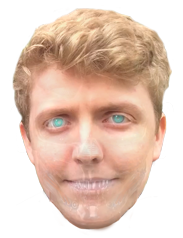Living portraits
It’s a book and website yo. The living portraits project is an idea I had to keep a better kind of memory. One that fits the mediums we have around us in our world today. Imagine someone captured for a moment in a photo, and that moment being stretched out over time.
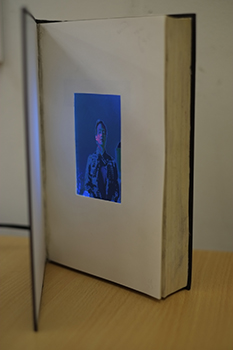
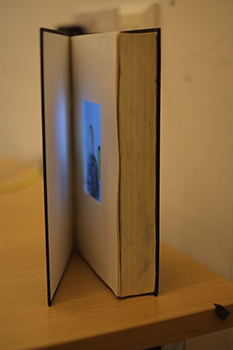
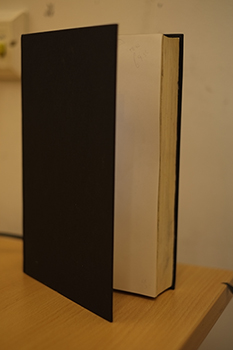
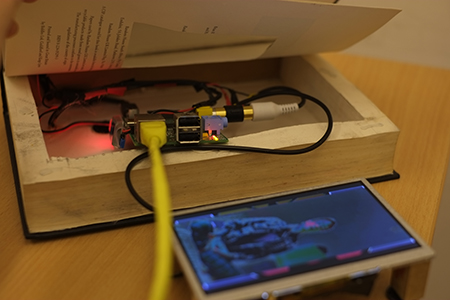
The premise I started with was that when people sit for a portrait, they’re very self concious. Their mind is on how they will be percieved in the photo, whether they’re doing the ‘right thing’ in the way they’re sitting, standing, smiling. Some people have a photo pose they immediately snap into when a camera is pointed at them. It’s really difficult to get an honest portrait of those people.
I had the idea that I’d sit people down for an hour’s portrait session, recording one long video. Long enough to forget the camera, or at least long enough that it would be impossible to hold a rictus smile. In the end I plumped for 10 to 20 minutes, as I realised I couldn’t put my friends through an entire hour of sitting still for my little experiment.
I’m not entirely convinced that sitting for a long time ends in relaxation and honesty. You’ll have to judge for yourself.
The other central themes in this project are the unique moment granted to each viewer and the life of the portrait. Because the video is longer than any one person’s viewing, every person who comes to look at the portrait gets a slightly different view, although they are superficially similar.
I really like the portraits in Harry Potter, they’re household objects with animation and personality. This is an attempt to recreate that spirit - the book is an item that could be in the home, reminding you more viscerally of that person or moment. The only downside for me at the moment is the glow when it’s dark. Colour e-paper screens? Auto off and wake on motion?
Technically this project is actually fairly simple. The book uses a raspberry pi and a cheap rear view camera screen with the casing removed. I cut the book centre out with a jigsaw and glued the remainder of the pages back in to the hardback cover. Power is supplied with a 12v wall adapter and a 5v transformer for the pi.
The website just uses an html5 video with a small amount of javascript to randomly seek every 30 seconds. Have a look at the living portraits website
Another implementation of this project might be a wall mounted frame with a motion sensor, perhaps installed in a home. Whenever a person walks past, the video jumps to a random point, much like the online version.
